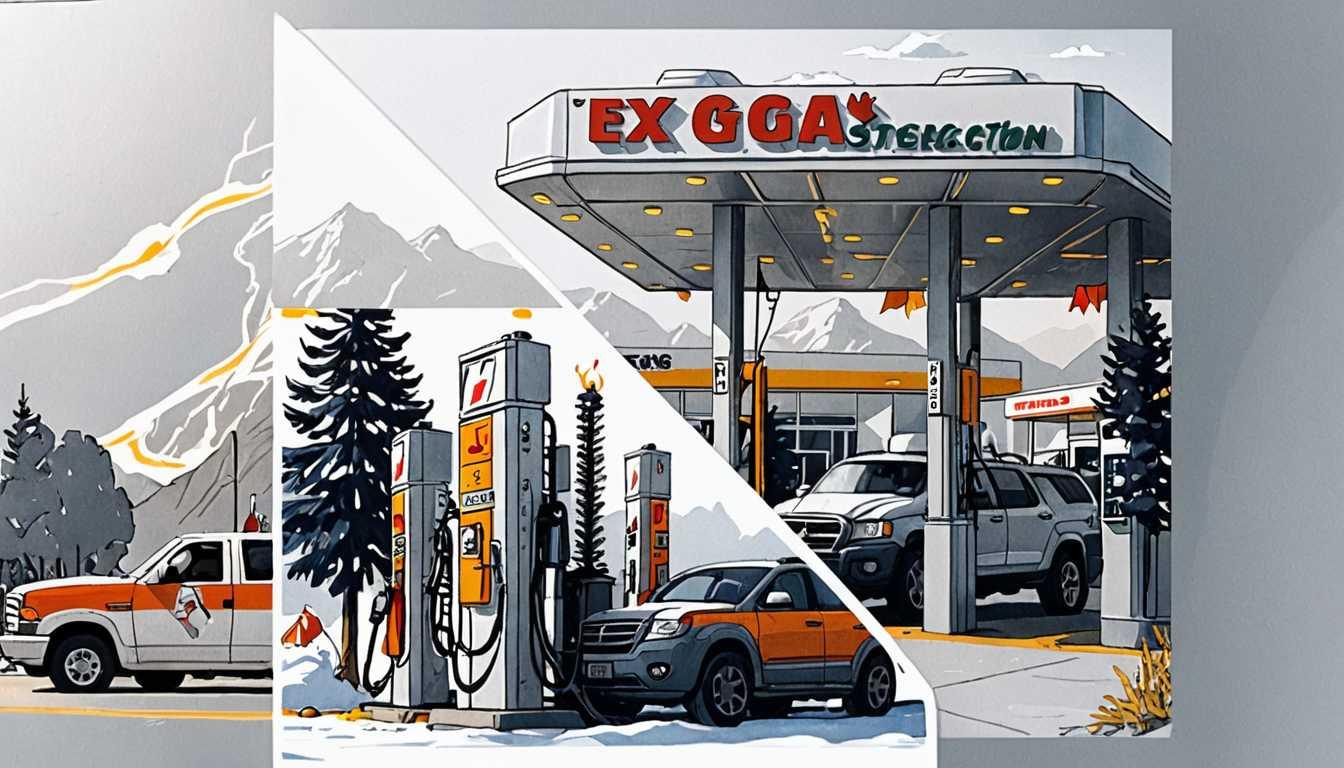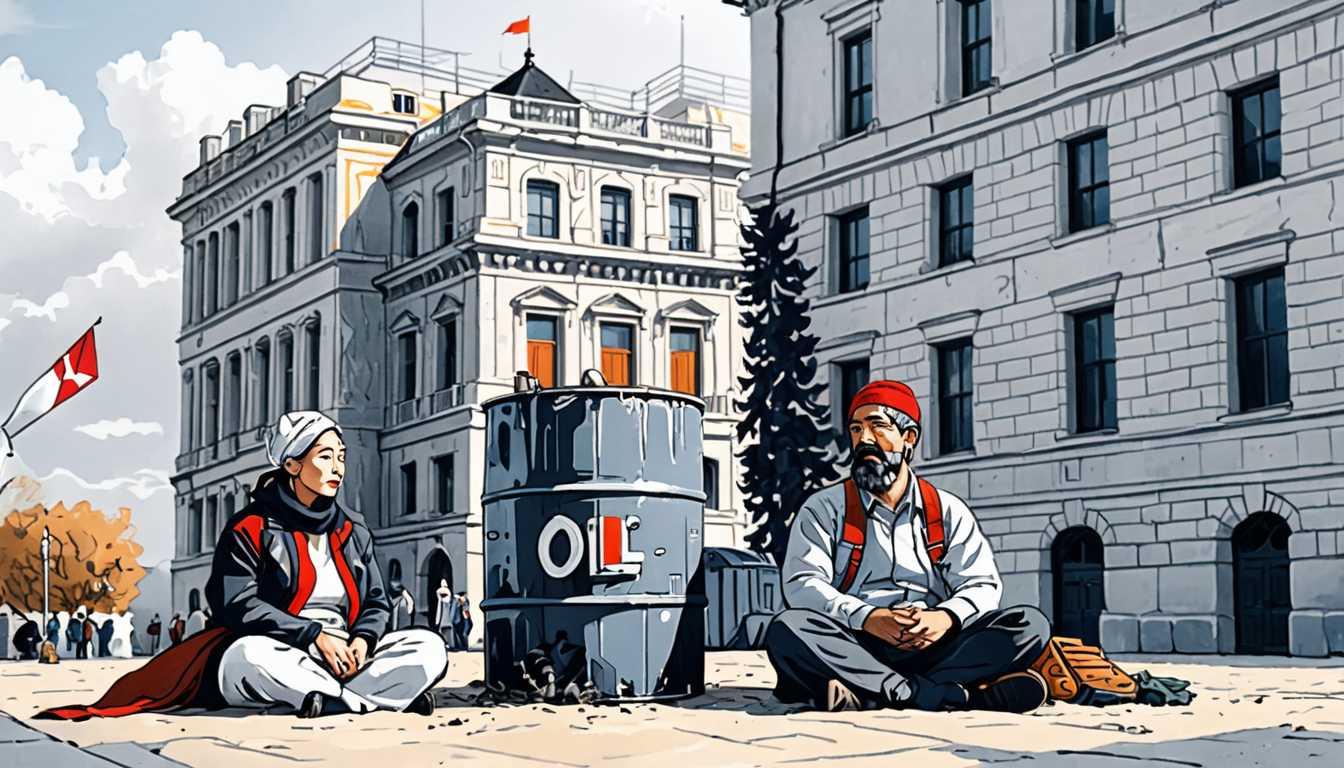Championing Climate Equity
February 2024
MIT Technology Review
Introduction
Dive into the world of Nancy M. Brown, a climate equity specialist tackling our planet's carbon divide. In a role that blends science with social justice, Brown is on a mission to ensure the poorest 50%—most affected by climate change—get a fair shot at clean-energy solutions. From creating rebate programs for solar panels to advocating for climate-responsive building codes, discover how Brown's work at Energy Solutions is paving the way for a greener, more equitable future. A must-read from MIT Technology Review!
READ FULL ARTICLEWhy It Matters
Discover how this topic shapes your world and future
The Heart of Climate Justice
Imagine a world where the air you breathe and the water you drink are determined by your zip code or income. Sounds unfair, right? Well, that's the reality for many people across the globe. The field of climate equity is about bridging this gap, ensuring that everyone, regardless of their socioeconomic status, has access to a clean and safe environment. It's crucial because the choices we make today about our planet will affect generations to come. As a climate equity specialist, like Nancy M. Brown, you're not just fighting against climate change; you're fighting for justice, making sure that the solutions to climate problems are accessible to all, especially those who have been historically marginalized. This topic might resonate with you as it's about creating a fairer world, something many of you are passionate about.
Speak like a Scholar
Carbon divide
The stark difference in carbon emissions between the richest and poorest parts of the population, where the wealthy contribute significantly more to climate change.
Marginalized communities
Groups of people that are pushed to the edge of society, often having less power, access to resources, and opportunities.
Climate responsive
Buildings, codes, or practices designed to adapt and mitigate the impacts of climate change.
Greenhouse gas emissions
The gases released into the atmosphere by human activities, like burning fossil fuels, that trap heat and cause the planet to warm.
Socioeconomic factors
Aspects of society and economy that influence an individual's or community's status, including income, education, and occupation.
Grassroots solutions
Initiatives that originate from the community level, aiming to solve problems through local involvement and action.
Independent Research Ideas
Exploring the carbon footprint of schools
Investigate how much carbon your school produces and propose actionable steps to reduce it. This project could reveal surprising ways schools contribute to climate change and how they can become more sustainable.
The role of green spaces in urban areas for climate equity
Analyze how parks and green areas in cities can improve air quality and provide cooling, benefiting especially low-income communities. This study combines environmental science with urban planning.
Impact of solar panel installations in low-income neighborhoods
Examine the effects of introducing solar technology in disadvantaged areas, from reducing energy bills to increasing job opportunities. This topic merges technology, economics, and social justice.
Community-based approaches to climate resilience
Research how local initiatives can strengthen a community's ability to withstand climate-related disasters. This could involve case studies of successful grassroots movements.
Cultural perspectives on climate change
Explore how different cultures understand and respond to climate change, including indigenous practices for environmental preservation. This project highlights the importance of diverse viewpoints in solving global issues.
Related Articles

Hydropower's Unexpected Emission Surge
March 2024
MIT Technology Review

Exxon's Climate Contradiction: Science vs. Public
January 2023
Harvard Magazine

Who Holds Power Over Oil?
April 2024
JSTOR Daily

Clean Energy: Less Mining, More Future
April 2024
MIT Technology Review

iPhone 17: Powered by Eco-Conscious Choices
April 2023
MIT Technology Review